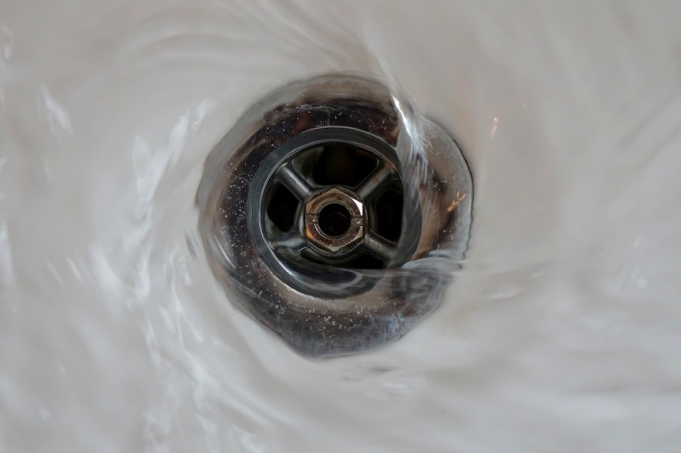Are you frustrated because of a slow draining bathroom sink? You are not alone as this a common problem many homeowners face. Slow drainage could be due to partial blockage caused by traces of hair, soap, toothpaste foam and other debris.
Thankfully, you do not have to suffer if your sink is not functioning as it should. By following a few basic steps, you can unblock your sink without having to use crude methods or harmful chemicals. If, however, you are not comfortable unblocking your sink by yourself, consider using the services of a professional blocked drains expert in Newcastle. Having said that, here the process of unclogging your bathroom sink at home.
What you need:
- Plunger
- A rag
- Protective gloves
- Pliers
- Clog tool
Clean the plughole
Because of its position at the drain’s mouth, the plughole has a high probability of trapping hair and other debris that cause a blockage. Look below the sink, where it connects to the pipe, and you will see a nut that attaches to the tube. Detach it using pliers and lift the stopper out of the drain. If the cork is covered with grunge, use a towel to clean it up.
Melt the sludge with baking soda and vinegar
Pour half cupful of baking soda into the drain and then pour an equal quantity of vinegar. The fizzing reaction will break down the sludge into small clogs. Block the drainage using a rag to prevent the chemical from bubbling away. Allow the response to take place for at least 15 minutes. Then pour a kettle full of hot water into the drainage to wash down the mixture.
Remove the debris
If cleaning the plughole does not fix the problem, you can lift the debris using a clogged tool. Remove the stopper and insert the clog tool. Move it around and raise it to wipe off the residue. Repeat the procedure until all the debris is removed.
Clean the u-bend
If all these other methods do not work, remove the u-bend and clean. Locate a position where the u-bend connects with the bottom of the sink and unscrew. When the water starts to drip, you can stop unscrewing and allow the water to drain into the bucket. Remove the u-bend and trace the debris inside it. Remove all the debris and clean the u-bend. Screw back the u-bend.
Use the plunger
Use a plunger and a flashlight. You can buy a small plunger and flashlight from a hardware shop near you. Remove the sink stopper, and turn on the water. For best results, block the sink overflow hole using a rag. Place the plunger directly into the drain and create a suction seal. Plunge up and down as fast as you can to force more air into the gutter. If it unblocks, water in the sink will drain away.
Wet and dry vacuum
A wet and dry vacuum is one of the best equipment for removing stubborn clogs. Set your vacuum to the maximum liquid setting and allow it to suck off the debris. The vacuum suction power should be enough to dislodge anything blocking your sink.
It can be frustrating if your bathroom sink won’t drain but following the step above you can do it successfully at home. However, if you find the task challenging or you simply do not have the time, contact a plumber near you for assistance.














